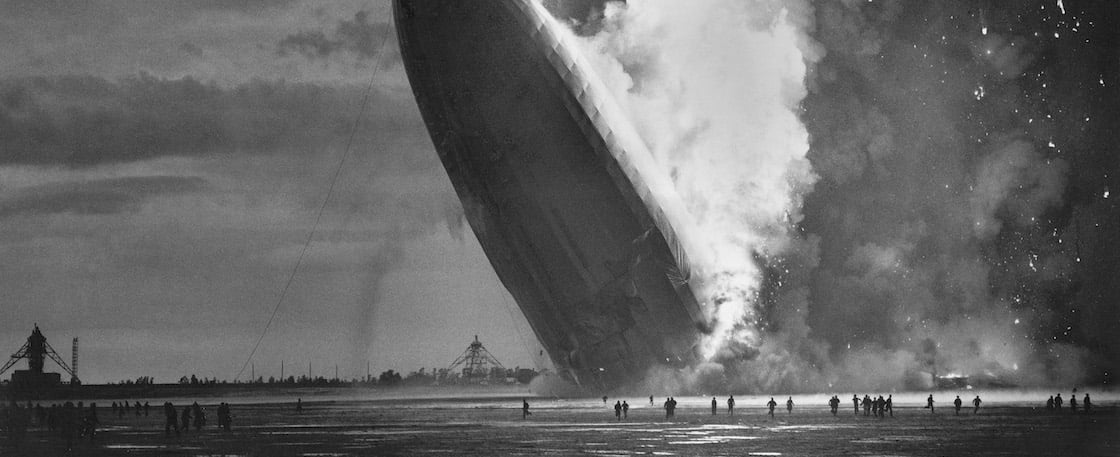AP
Werner Franz was just 14 when he got a job on the Hindenburg, the most magnificent airship of its day.
In just minutes, 14-year-old Werner Franz would be in the middle of one of the most terrifying disasters in history. But on the evening of May 6, 1937, Werner felt like the luckiest kid on Earth.
He had a job on the greatest passenger aircraft ever built—the biggest, the fastest, the fanciest, the safest. The Hindenburg was a zeppelin, and in the 1920s and 1930s, these remarkable flying machines ruled the skies. Tens of thousands of people traveled on zeppelins. Millions more flew on zeppelins in their dreams.
And no zeppelin was as spectacular as the Hindenburg. In America, the Hindenburg was more beloved than any president or movie star, more famous than the baseball player Babe Ruth.
Werner would gaze out his window, hoping for a glimpse of the Hindenburg zooming through the clouds. Werner grew up in Germany, where zeppelins were invented and where the Hindenburg was built.
The 1930s were difficult and dangerous years there. Germany’s leader, Adolf Hitler, was stirring up hatred and evil. Many Americans feared he would soon start a war in Europe—and beyond.
In Germany, millions were out of work, including Werner’s father. For Germans like Werner and his family, the Hindenburg was a rare source of pride.
In 1936, Werner left school at the age of 13 to find work to help his family. Getting hired as a cabin boy on the Hindenburg was an incredible opportunity. Each voyage took him far from Germany’s troubles and into a world of excitement and glamour.
Little did he know that his adventure would end in tragedy.

